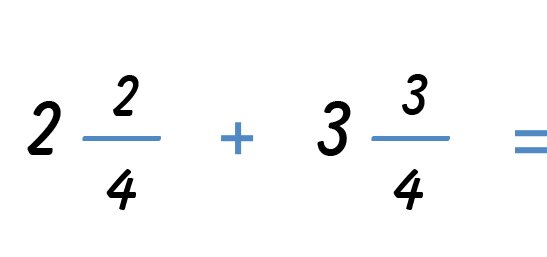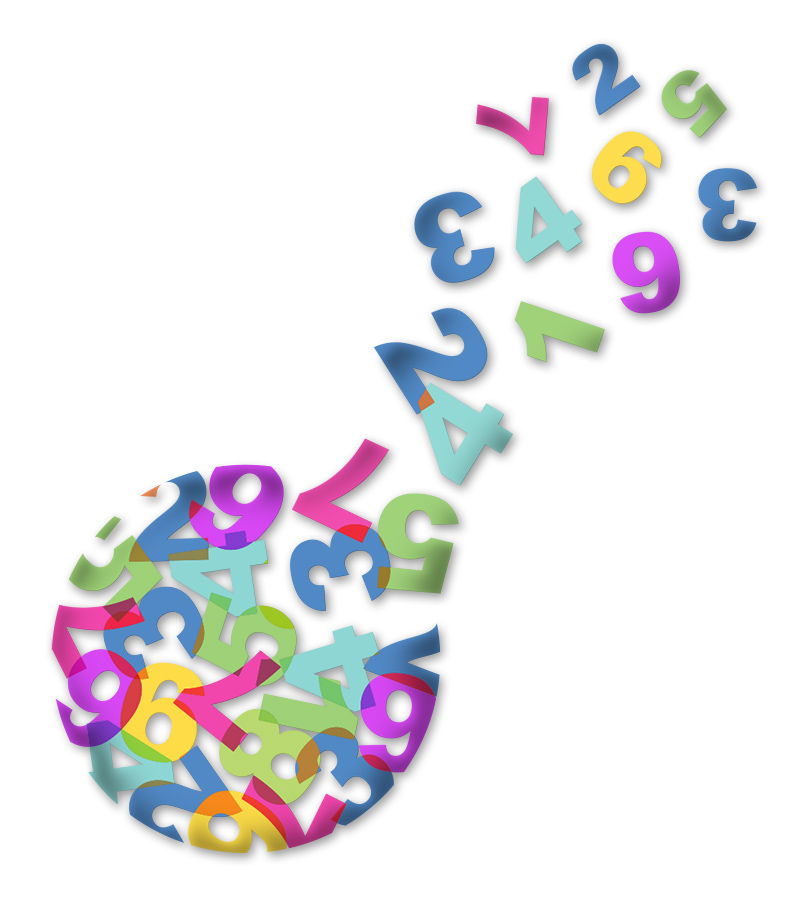Where to start?
The best place to start with any problem is setting up your work neatly. Consider the problem:

Goal:
Goal:
 Sometimes you will need to work with fractions that are a
combination of a whole number and a fraction. These are called
mixed numbers. For example, 234 is a mixed number because it has both a whole
number (2) and a fraction 34. This
number is between 2 and 3 on the number line.
Sometimes you will need to work with fractions that are a
combination of a whole number and a fraction. These are called
mixed numbers. For example, 234 is a mixed number because it has both a whole
number (2) and a fraction 34. This
number is between 2 and 3 on the number line.
Adding mixed numbers uses many of the steps that you have learned for adding other fractions. Let’s take a closer look at adding mixed numbers. To start, review the slides to learn how to add mixed numbers with like denominators.
Practice makes perfect! Use your understanding of mixed fractions and addition to work through these practice problems. When ready, click each problem to check your answers.
236+156=
Add the fractions.
36+56=86
Add the whole numbers.
236+156=386
Simplify the improper fraction to a mixed number.
86=126
Add the whole numbers with the mixed number you created when you added your fractions.
3+126=426
One last step: the fraction 26 can
be simplified further.
2 and 6 share the GCF of 2. Divide the fraction by the GCF
to simplify.
2_÷2=1_6÷2=3
So, the final answer is:
413
457+527=
Add the fractions.
57+27=77
Add the whole numbers.
457+527=977
When the numerator and denominator of a fraction are the same, you have 1 whole.
77 is the same as 1 whole.
So... 977 can be simplified to 9 + 1 = 10.
Your final answer is 10.
3610+5810=
Add the fractions.
610+810=1410
Add the whole numbers.
3610+5810=81410
Simplify the improper fraction to a mixed number.
1410=1410
Add the whole numbers with the mixed number you created when you added your fractions.
8+1410=9410
One last step: the fraction 410 can
be simplified further.
4 and 10 share the GCF of 2. Divide the fraction by the GCF
to simplify.
4_÷2=2_10÷2=5
So, the final answer is:
925